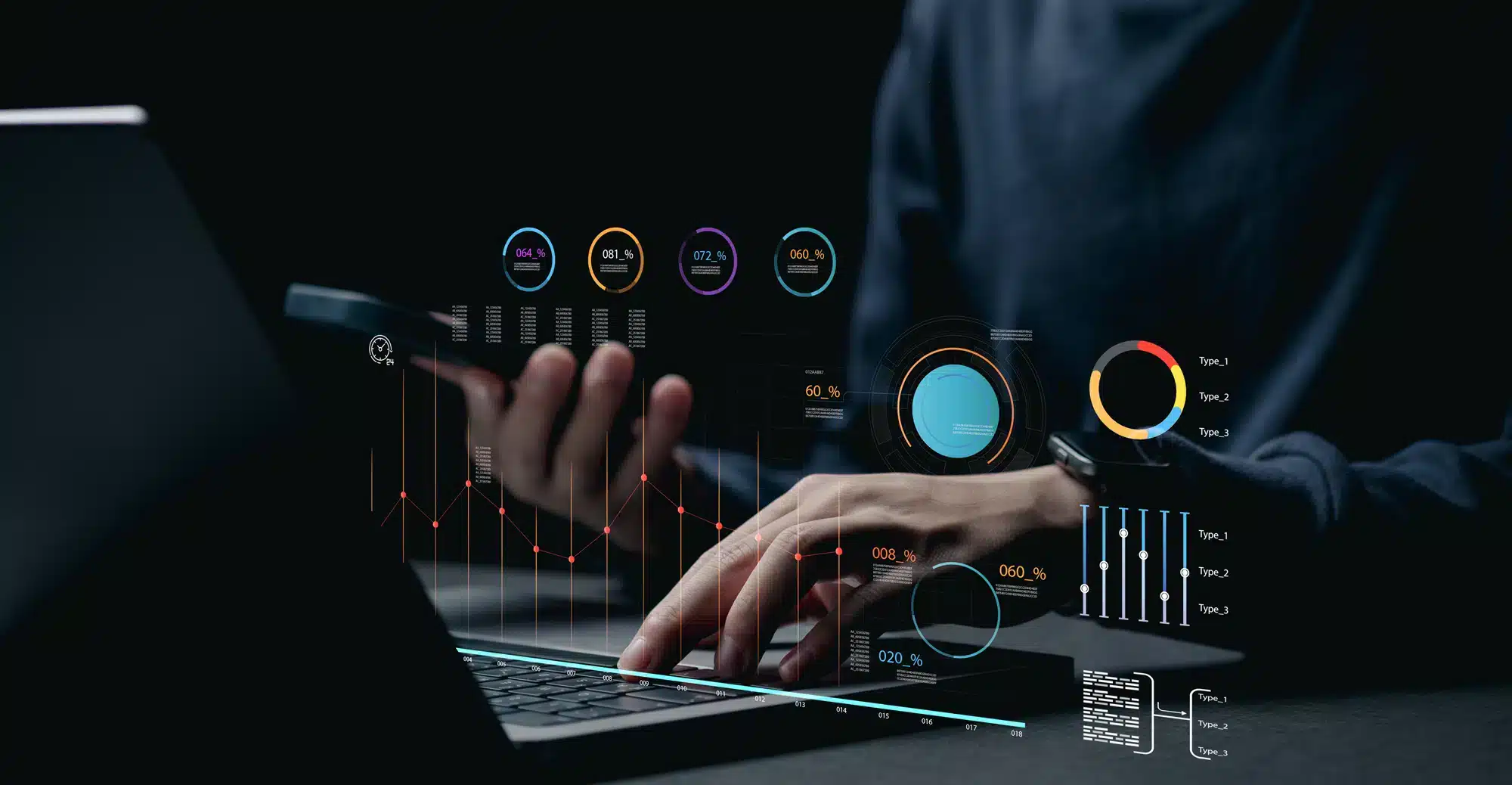Data serves as the foundation for critical decision-making, but it’s true value can only be realized through effective data analysis. When it comes to interpreting data effortlessly, there’s no better approach than taking advantage of the power of data visualisation. It empowers organizations to navigate the overwhelming abundance of information, transforming it into actionable intelligence.
The data visualisation market was estimated to reach a market size of 7.76 billion U.S. dollars by 2023. This growth is expected at a compounded annual growth rate (CAGR) of 9.47 percent throughout the forecast period. These numbers emphasize the importance of data visualisation’s undeniable value across industries.
Moreover, data visualisation extends beyond the realm of dataanalytics, finding use in everyday tasks. This blog will explore the concept of data visualisation, its importance, and how organizations can benefit from it.
What is data visualisation?
Data visualisation presents complex data in a visual format, such as charts, graphs, and interactive visuals. It aims to make data more understandable and accessible by leveraging visual elements to communicate patterns, trends, and relationships.
By transforming raw data into visually engaging representations, data visualisation enables effective analysis, decision-making, and communication of insights across various industries and domains.
With organizations generating massive amount of raw data each year, a wealth of new information emerges. Using the right visuals, data visualisation can uncover valuable trends that hold immense potential for business success.
Why is data visualisation important?
Data visualisation is important because it simplifies complex data, making it easier to understand and interpret a, but also facilitates the effective communication of insights, promoting shared understanding and alignment among stakeholders. Moreover, lack of data visualisation can result in information overload and challenges such as:
- Overwhelming data complexity: Without visual aids, deciphering complex data can be challenging, leading to confusion and difficulty in extracting meaningful insights.
- Poor communication: Text-heavy reports, or spreadsheets often need to convey the full story within data, making it difficult for stakeholders to understand and act upon the information.
- Missed patterns and trends: Patterns and trends hidden within data may only be noticed with visual representation, depriving organizations of valuable insights and opportunities.
- Reduced efficiency and productivity: Trying to comprehend data without visual aids can be time-consuming and inefficient, hindering productivity and slowing decision-making processes.
- Ineffective data-driven decision-making: With visual cues, decision-makers may be able to grasp the implications of data, resulting in suboptimal choices or missed opportunities.
This shows that data visualisation is necessary to facilitate understanding in the organization and empower it to overcome such challenges.














